Costa Rican Food: Basic Overview
Common Ingredients
Common Cooking Methods
Courses
Meals
Key Taste
Eating Etiquette
Meal Presentation
Culinary Festivals
Influence and Fusion
Popular Types of Costa Rican Food
-
Cakes and Pastries
In Costa Rican cuisine, these are typically sweet, baked goods often made with rich ingredients.
They are enjoyed as desserts or festive treats.
-
Desserts
Costa Rican desserts are diverse, ranging from creamy, milk-based treats to fruit-filled pastries, often characterized by their sweet and indulgent flavors.
-
Rice Dishes
Rice dishes are a staple in Costa Rica, often combined with beans, meats, or vegetables, and serve as a central component of both everyday meals and special occasions.
-
Soups
In Costa Rica, soups are a blend of local ingredients like beans, meats, and a variety of vegetables, offering a comforting and nutritious meal, often enjoyed as a starter or a main course.
-
Fried Dishes
These dishes are popular in Costa Rican cuisine for their crispy texture and rich flavor, typically involving meats or plantains fried to perfection and often served as snacks or part of a larger meal.
-
Snacks
Costa Rican snacks range from simple, quick bites to more elaborate preparations, often featuring ingredients like corn, plantains, and cheese, and are enjoyed throughout the day.
Traditional Costa Rican dishes are various dishes passed down for generations in Costa Rica, a Central American country. Costa Rican cuisine blends native foods and influences from indigenous, Afro-Caribbean, and Spanish delights.
Moreover, Costa Rican culinary practices heavily use fruits and vegetables. Rice and black beans are staples in most traditional meals in the country.
Here, I will guide you through all the delicacies from Costa Rica. Among them, the spotlight belongs to gallo pinto, the national dish in Costa Rica.
You’ll also learn what makes Costa Rican dishes special along with some drink pairings to push the boundary of flavors for these specialties.
27 Popular Costa Rican Dishes with Filters
Uncover the dishes of Costa Rica using the filter system to give you a better overview of them in alphabetical order, tastes, ingredients, cooking methods, dish types, and global popularity.
Also, I suggest taking a look at the culinary styles coming from Costa Rica with options include the most popular, national, traditional, and street food choices:
Gallo Pinto
- National
- Traditional
Gallo Pinto is the national dish of Costa Rica, coming from Nicaragua. The dish is affordable, with the name translating to ‘spotted rooster’, referring to its presentation.
Gallo pinto comes with two main ingredients, beans and rice. Often, the beans are swiftly cooked until the juice nearly evaporates before combining with cooked rice.
In the morning, this national dish goes with scrambled or fried eggs, tortillas, fried plantains, or Natilla, a sour cream. For lunch, the locals will serve gallo pinto with coffee.
Gallo Pinto has two unique variants. The Valle Central variant is more moist but less oily, with black beans and a special sauce called salsa lizano optionally. Meanwhile, the Guanacaste version is fattier and savory, with red beans and a slightly fatty and roasted taste.
Casado
- Traditional
Casado is a traditional rice dish from Costa Rica, meaning “married man”. It’s like a complete meal with rice, black beans, fried plantains, salad, and a tortilla.
Casado has various ways to interpret the dish so people can tweak it to their taste. This lunch serving often goes with 2 or 3 sides of French fries, avocado, or a picadillo.
In San José, people even include spaghetti in casado. In Central Valley, it’s best enjoyed as a mid-day meal or lunch.
Arroz con Pollo
- Traditional
Arroz con pollo is a traditional Costa Rican food with chicken and rice. For a nutritious and colorful plate, vegetables like bell peppers, carrots, corn, garlic, onions, and peas are used.
The perfect accompaniments for arroz con pollo are salsa lizano, green salad, fried plantains, mashed black beans, French fries, or potato chips.
This chicken and rice dish often appears at family gatherings, birthdays, and special occasions.
Chifrijo
- Street Food
- Traditional
Chifrijo is a Costa Rican dish traditionally using pork and beans. This pork and bean bowl’s name is a combination of “Chi” from chicharrón (fried pork belly) and “Frijo” from frijoles (refried beans).
All these ingredients are layered on top of a rice base. Besides, tomatoes or pico de gallo add a refreshing touch to chifrijo.
This pork and bean bowl pairs well with tortilla chips, corn tortillas, bread, chili, or a cold beer as a snack or appetizer. Since the 90s, chifrijo has become a staple in local events, farmer’s markets, restaurants, and bars across Costa Rica.
Ceviche
- National
- Traditional
Ceviche is a time-honored Costa Rican dish of marinated fish, lime juice, cilantro, salt, black pepper, minced onions, and minced peppers. The raw fish dish is an appetizer that is also called cebiche, sebiche, or seviche.
In Costa Rican ceviche, tilapia or corvina, mahi-mahi, shark, and marlin are popular choices for marinating in citrus and seasonings for at least 1-3 hours in the fridge.
Sebiche goes well with tomato ketchup, mayonnaise, Tabasco sauce, fried green plantains, beer, or avocado cubes. Among many variants, the green plantain Ceviche stands out for using cooked green plantains.
You can easily find ceviche in roadside food carts, diners, and restaurants in Panama, Belize, Costa Rica, and Guatemala.
Chicharrón
- Street Food
- Traditional
Chicharrón is fried pork belly, a traditional comfort food in Costa Rica, Mexico, the Dominican Republic, and Nicaragua. Originating from Spain, this snack usually uses pork belly or pork rinds.
Alternatively, chicharrón also utilizes chicken, mutton, or beef for other variations. Chicharrón is ideal for Rangpur lime juice, fried yuca, or tucked into soft tortillas, creating a flavorful meal.
Olla de Carne
- Traditional
Olla de carne is a beef stew deeply rooted in Costa Rica’s cooking tradition, combining beef with local vegetables such as cassava, corn, green plantains, maize, potatoes, squash or chayote, and taro root.
Surprisingly, the stew requires slow simmering for 4-8 hours, coaxing out all flavors from the ingredients.
There are two ways to serve this stew, one is presented in three separate courses of broth, meat, and vegetables. The other way is combining these three courses into a soup.
Paired with rice and beans, white rice, or a tortilla, this beef stew is a main course, especially loved on Sundays. Olla de Carne’s name means “pot of beef”, and some even use it as a cure for a hangover.
Tres Leches
- Traditional
Tres leches is a traditional milk cake for Costa Rican festivals and family celebrations. Coming from Nicaragua, tres leches means “three milks”, reflecting the sponge cake soaked in 3 types of milk, including sweetened condensed milk, whole milk, and evaporated milk.
After being stored in the fridge, this milk cake is served with cream on top for a sweet flavor and moist texture.
Other tres leches variations include modern flavors like chocolate, dulce de leche, or specialty coffee. The cake is available at many bakeries, coffee shops, and supermarkets in its home countries.
Queque Navideño
- Traditional
Queque navideño is a famous Christmas cake in Costa Rica. This Christmas cake is similar to a fruitcake, using flour, brown sugar, milk, butter, eggs, candied or dried fruits, walnuts, and almonds.
Then, queque navideño is soaked in brandy, cognac, or rum for a few days before baking, making it sweet. Traditionally, Costa Ricans serve queque navideño with eggnog.
Patacones
- Street Food
- Traditional
Patacones are fried green plantains, a famous food in Costa, Cuba, Nicaragua, Panama, the Caribbean, and Latin America. These fried green plantains are a popular snack, appetizer, or side in the region.
These fritters are made by deep-frying green plantain slices, flattening them, and frying them for a crispy texture. Patacones go with many accompaniments, from mashed black bean dip and pico de gallo to guacamole, sour cream, ceviche, shredded beef, and cheese.
Tamale
- National
- Traditional
Tamale (or tamal) is a cornmeal-based dish in Costa Rica and Central America. These specialties are neatly wrapped in a plantain or banana leaf for steaming or boiling.
People pair tamal with beans, salsa lizano, or coffee to make a filling breakfast, lunch, or dinner.
Each region in Costa Rica adds a unique twist to the tamale, with the Chorotega people stuffing their tamales with deer or turkey meat, pumpkin seeds, tomatoes, and sweet peppers. On the other hand, pork tamales are often featured in Christmas dinners.
Presented in pairs, known as a piña, tamales appear at many celebratory events in Costa Rica, especially Christmas. The Costa Rican tamale is less spicy but more moist and tender.
Arroz con Leche
- Traditional
Arroz con leche is a rice pudding loved in Costa Rica, Cuba, the Dominican Republic, El Salvador, Guatemala, and Nicaragua. This rice pudding mainly cooks the rice in milk, along with sugar, vanilla, salt, lemon zest, and cinnamon sticks.
This pudding texture is relatively thick, making it ideal for serving in small bowls after lunch or dinner in Costa Rica. Arroz con leche also commonly appears on festive occasions such as Christmas and Easter.
Sopa Negra
- Traditional
Sopa negra is a Costa Rican black bean soup using black beans, bell peppers, cilantro, garlic, onion, and tomatoes.
Served with white rice, corn tortilla, and a hard or soft-boiled egg as a topping, sopa negra is perfect as an entree for lunch or dinner.
Flan
- Traditional
Flan is a loved custard dessert in Costa Rica with a smooth, gelatinous texture. The dessert mainly uses eggs, milk, sugar, and vanilla, all cooked in a pan lined with caramel or baked in a water bath.
When flipped onto a serving plate, the golden layer of caramelized sugar is on top. Variations like flan de coco with coconut and flan de café with coffee offer more ways to savor this dessert.
You’ll find flan in sodas (Costa Rican’s family-run small restaurants) or across Cuba, the Dominican Republic, and Mexico.
Sopa de Pejibaye
- Traditional
Sopa de pejibaye is a classic palm fruit soup from Costa Rica, especially adored in the southern region. The fruits of the pejibaye palm tree are the essential element of this soup.
The locals boil, peel, and purée these pejibaye fruits with vegetables before simmering them with chicken or vegetable broth and coconut milk for a smooth and creamy texture.
Sopa de pejibaye is richer, creamier, and more flavorsome, perfect for pairing with bread or crackers.
Tortilla de Queso
- Traditional
Tortilla de queso is a cheese and corn tortilla from Costa Rica. Made with simple ingredients like corn flour and cheese, these tortillas are cooked on a comal (a round flat griddle) for a lightly charred taste.
The dish is ideal as a side course, an appetizer, or an afternoon snack. Tortilla de queso is great with sour cream, gallo pinto, coffee, or agua dulce (sugar cane hot drink).
Tacos Ticos
- Street Food
Tacos ticos are a traditional street food known as Costa Rican tacos using soft corn tortillas. These tacos are filled with shredded beef, pork, or chicken and topped with shredded vegetables.
Tacos ticos also contain a special tico sauce, a blend of ketchup, mayonnaise, and mustard. These snacks are paired with plantain chips and fresh fruit drinks.
Chorreadas
- Traditional
Chorreadas are traditional corn pancakes for breakfast and midday snacks in Costa Rica. To make chorreadas, fresh corn kernels are blended with eggs, milk, and sugar, then cooked on a griddle.
These pancakes can be made sweet or savory by pairing them with natilla, cheese, gallo pinto, or hot coffee. You can savor chorreadas in numerous locations across Costa Rica, from street markets and roadside eateries to cozy sodas.
Churchill
- Street Food
Churchill is a traditional slushie from Puntarenas, a coastal province in Costa Rica. This slushie’s treat comprises shaved ice, syrup, and condensed milk.
Then, toppings like fruit, chocolate chips, cookies, milk powder, ice cream, sprinkles, and wafers are added. Churchill is a popular street food at roadside stands and ice cream shops, especially in beach towns across Costa Rica.
Empanada
- Street Food
- Traditional
Empanadas are a traditional pastry in Costa Rica and across Latin America of stuffed corn dough with many fillings. Made by deep-frying or baking, empanadas also have sweet variants filled with fruits.
Empanadas de chiverre often appear during Holy Week, Semana Santa, or Easter season; it’s made using native Chiverre squash. Empanadas are an ideal snack or light meal paired with coffee.
Salsa Lizano
- Traditional
Salsa lizano is a traditional brown sauce from Costa Rica. Also called lizano sauce, the blend includes black pepper, carrots, cauliflower, cucumber, cumin, monosodium glutamate, mustard, onions, pepper, salt, sugar, turmeric, and water.
In 1920, lizano sauce was created by the Lizano company. This brown sauce is common in Costa Rican delicacies, such as gallo pinto, tamales, and casados.
This brown sauce is also a marinade for meats and enhances the flavor of soups and stews. With thin, smooth, and light brown in color, lizano sauce is quite similar to Worcestershire or HP sauce.
Rondon
- Traditional
Rondon (or Run Down) is a traditional coconut soup known as run down or Caribbean coconut soup. Afro-Jamaican immigrant workers brought this coconut soup from Jamaica to Latin America before arriving in Costa Rica.
Rondon blends the earthy sweetness of cassava, taro, yam, plantain, and green bananas with creamy coconut milk. The locals also amplify the flavor with fish, lobsters, and crabs.
Rondon goes best with some flour dumplings, coconut rice, or breadfruit on the side.
Cocada
- Traditional
Cocadas (or tártaras cocada) are simply Costa Rican coconut macaroons that mostly use coconut and condensed milk for a thick, caramel-like consistency.
Shaped into small balls and baked until lightly golden brown, cocadas are best served with a cup of Costa Rican coffee or savored as an after-dinner dessert or snack.
Picadillo de Papa
- Traditional
Picadillo de papa is a beef dish originating from Costa, created by mixing cooked potatoes with sautéed ground beef, bell peppers, onions, stock, and herbs. Then, the potato-beef mixture is simmered until the flavors blend for a hearty main course.
While best served with tortillas or rice with black or red beans, you can also enjoy picadillo de papa as it is.
Natillas
- Traditional
Natillas is a traditional sour cream in Costa Rica, originating as a dairy product from Spain. Prepared from homogenized and pasteurized milk with about 12% fat, this sour cream has a lower fat content than regular sour cream.
Natillas are an accompaniment to various foods. Moreover, Costa Rica has another version called melcochas de natilla, a traditional sweet, custard-like pudding made from milk, sugar, and cornstarch.
Torta Chileña
- Traditional
Torta chileña is a famous Costa Rican thousand-layer cake featuring thin pastry dough and dulce de leche overlapping each other.
The top layer is adorned with whipped cream and grated coconut, with the top sometimes sprinkled with shredded coconut, bringing extra crunch.
Enyucado
- Traditional
Enyucados are a fried cassava croquette wildly popular in Costa Rica. Coming from Colombia, Enyucados’ primary ingredient is yucca root, peeled, and filled with ground meat, cheese, or vegetables before being shaped into small balls for deep frying.
Salsa rosada, a pink sauce, is a common choice to complement its savory flavor.
What Affects Traditional Costa Rican Dishes?
Costa Rica’s lush landscapes and diverse ecosystems are the main 2 things affecting its traditional foods. The local dishes prioritize fresh, locally sourced ingredients, from root vegetables and fruits to aromatic herbs.
The surrounding seas provide an abundance of seafood. Costa Rica’s cuisine is as diverse as its terrain, from the rondon soup on the Caribbean coast to the savory chorreadas corn pancakes from the central valleys.
Based on the country report about Costa Rica, its geography and climate include fertile volcanic soil and temperate climate, integral to its cuisine. They create ideal conditions for crops like coffee, bananas, and pineapples, leading to various tasty Costa Rican desserts.
However, dishes alone are not enough for you to experience the flavor of Costa Rica as the drink pairings are also a difference maker.
What Costa Rican Foods to Pair with Beverages?
Costa Rican foods can go with many drinks, but here are some beverage choices from Costa Rica that go well with the dishes:
Once you’ve learned about these Costa Rican drink pairings with dishes, it’s your turn to immerse in this journey through various Costa Rican foods. Share these Costa Rican specialties to inspire others.
Also, remember to comment about your experience with these amazing recipes.


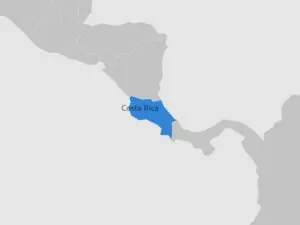


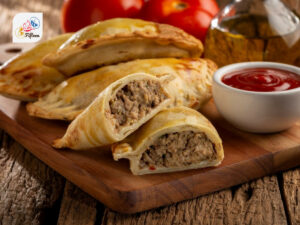
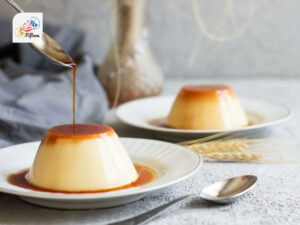
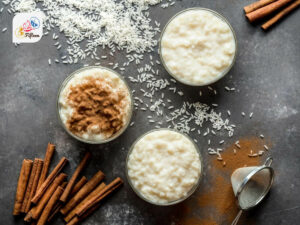
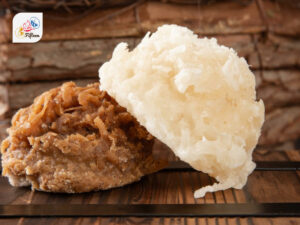
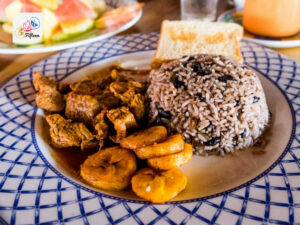
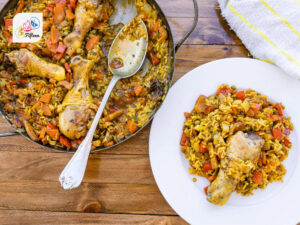
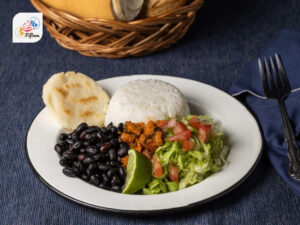
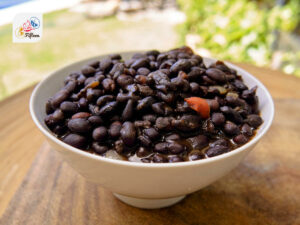
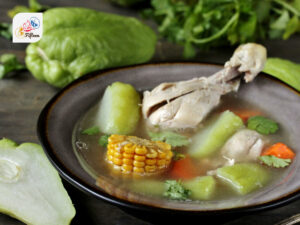
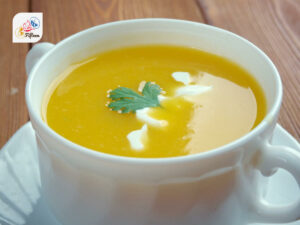
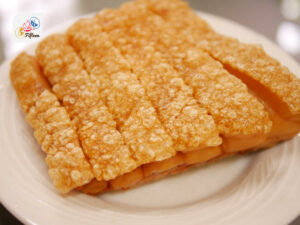
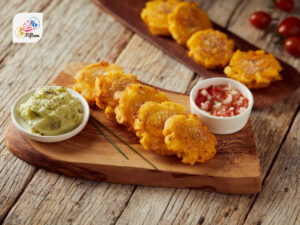
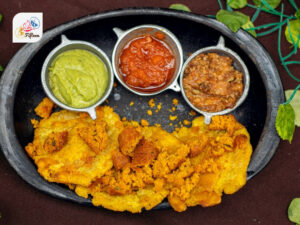
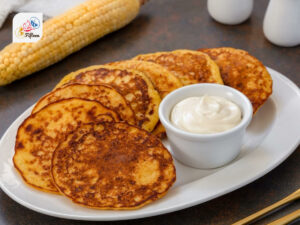
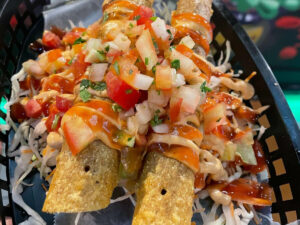
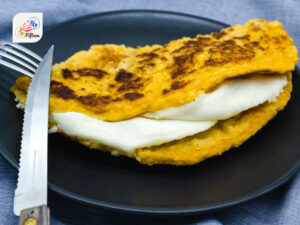
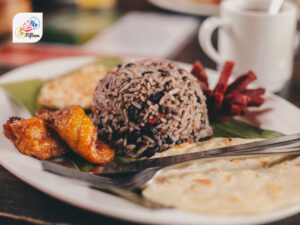
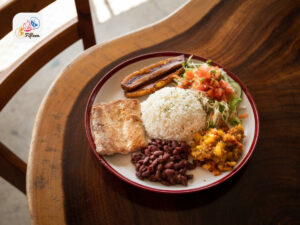
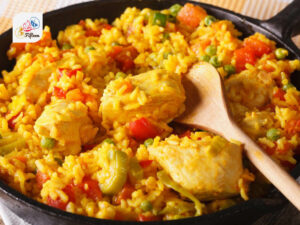
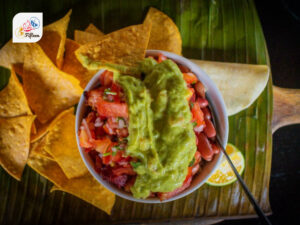
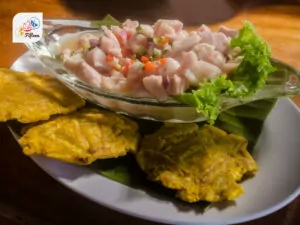
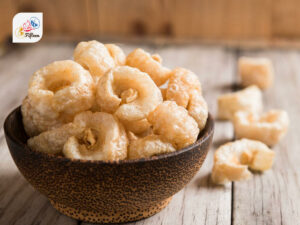
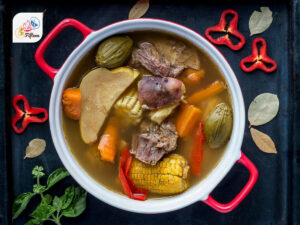


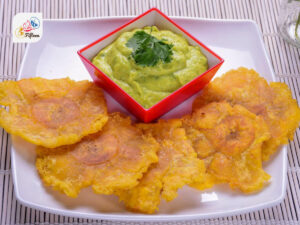
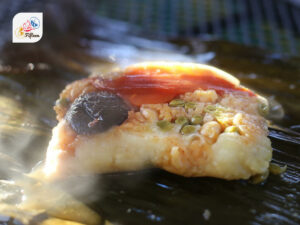
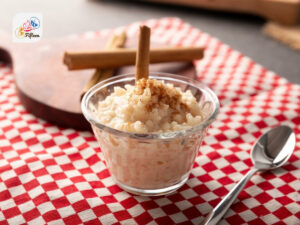
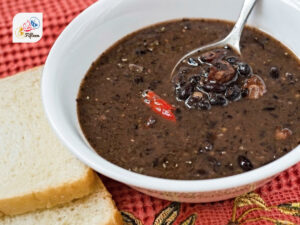
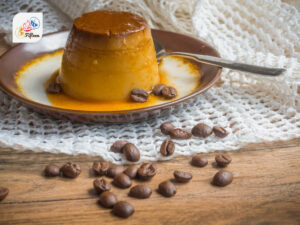
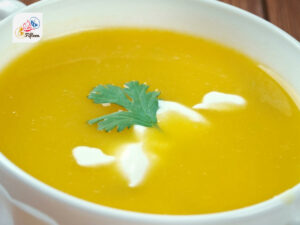
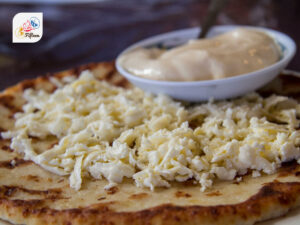
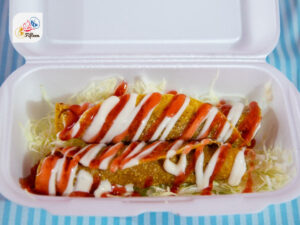
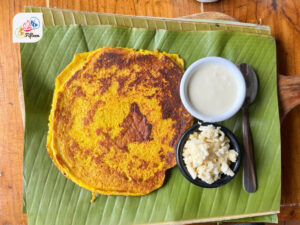

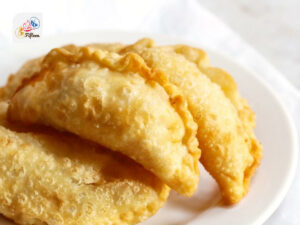
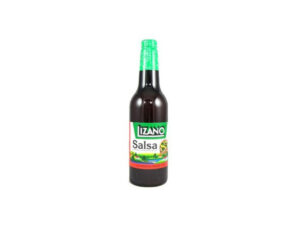
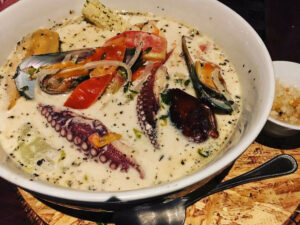

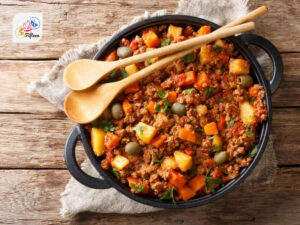
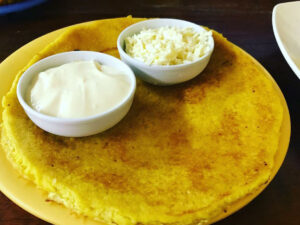

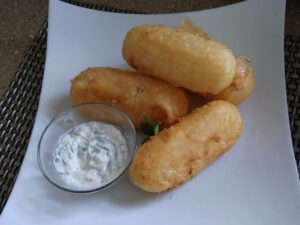
Jamie Scott
Editor in Chief, Senior Content Writer
Expertise
Home Cooking, Meal Planning, Recipe Development, Baking and Pastry, Food Editor, Cooking-video Maker, Western Food Evaluation Expert
Education
Le Cordon Bleu College of Culinary Arts
Local Community College, New York, NY
Jamie Scott is a skilled culinary expert and content creator specializing in Western cuisine. With over 15 years in the culinary field and formal training from Le Cordon Bleu, Paris, Jamie deeply understands how to blend nutrition with delicious flavors. His passion for cooking matches his commitment to making healthy eating accessible and enjoyable.
On Fifteen.net, Jamie brings a fresh perspective to classic dishes and beverages, offering readers insightful recipes, cooking tips, and a fresh view on meal planning that emphasizes taste, health, and simplicity.